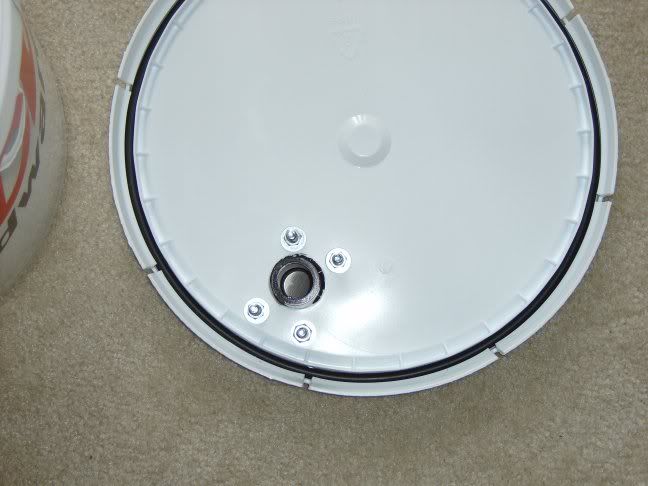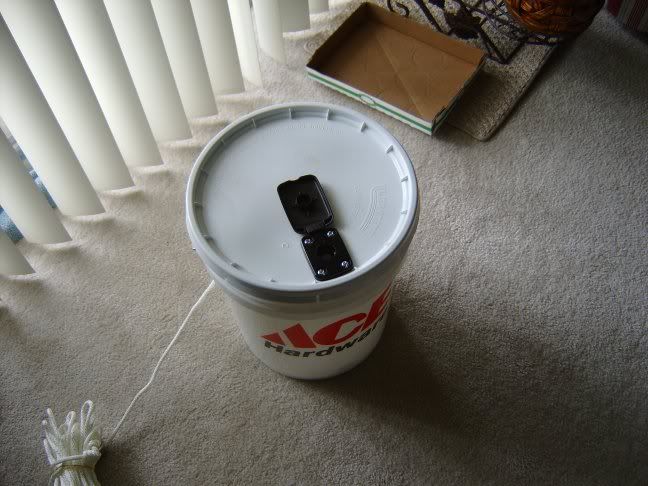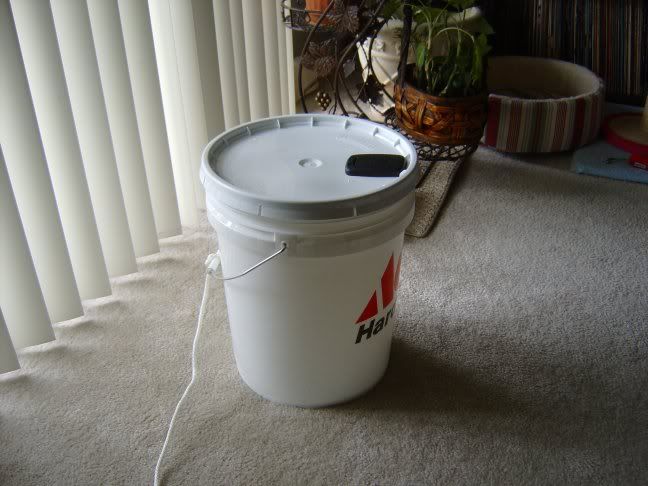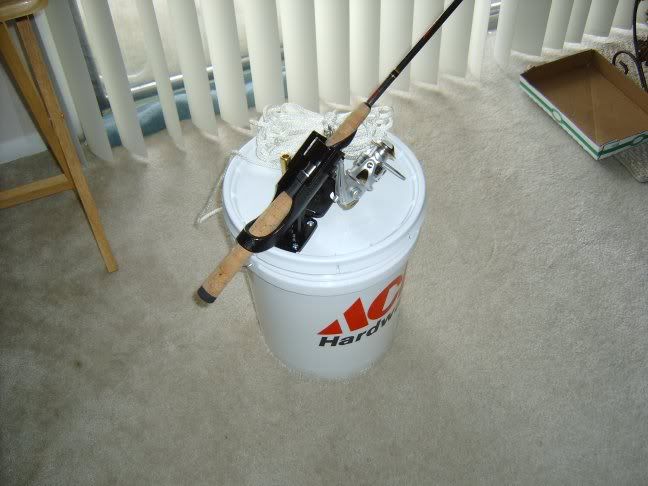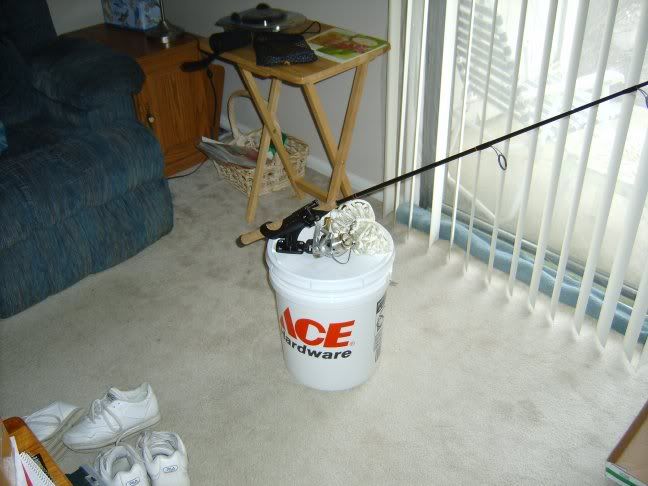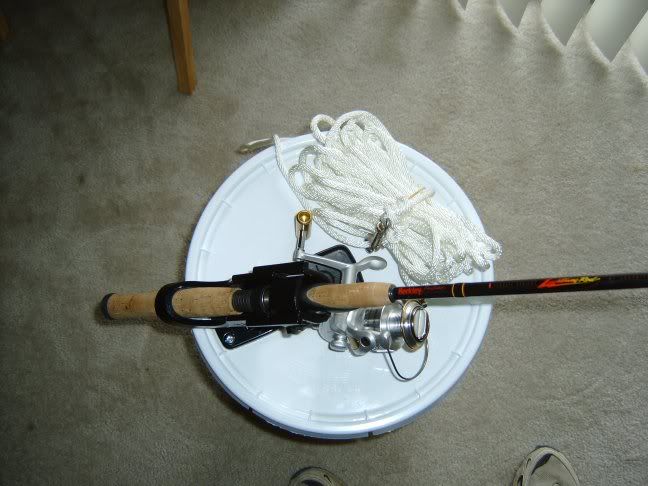http://lrl-apps.lrl.usace.army.mil/wc/reports/lkreport.html
This link is what I use to check the flow at or nearly below any reservoir spillway outlet. I cut my teeth fishing the Salamonie River below the dam before this report existed. Back then, I received flow information directly from the US Army COE Office or the Salamonie River State Forest Office.
Armed with this flow information, I matched it to my mental picture of the actual water being released at the outlet and water levels viewed downstream. An entire summer spent fishing the tailwater gave me a pretty good history and mental pictures of what I'd expect to see for particular flow rates.
Monroe Reservoir Dam and Spillway
That said, most of us aren't able to fish these areas enough to develop a history. I have my own set of general guidelines that seem to work for me. These are based on fishing the Salamonie River below the reservoir dam and my limited experiences fishing the tailwaters at Cataract, Monroe, Mississinewa, Patoka, and Brookville Reservoirs.
- Flow < 100 cubic feet per second (cfs) = trickle. Basins are generally stagnant. If this rate has been measured for several days, expect fishing to be generally less than stellar for larger game fish.
- Flow > 100 and < 500 cfs = slow and steady. Basins are OK to good. If this rate has been measured recently after a cutback of flows > 1000 cfs, then fishing should be pretty good. Downstream pools were previously elevated, allowing for fish movement to and from these pools.
- Flow > 500 and < 1000 cfs. Fishing is good. Downstream pools are elevated allowing for migrations of fish to and fro.
- Flow > 1000 and < 1500 cfs. Eddies are becoming faster moving at the basins and are generally smaller as you proceed downstream. Fish are restricted to these smaller areas closer to the bank. It can be tougher to fish here effectively in my opinion. However, fish seem to be migrating upstream during this period.
- Flow > 1500 and < 2000 cfs. Fish are migrating. Eddies are becoming fewer, thereby limiting the most fishable areas.
- Flow > 2000 cfs. I fish somewhere else until the flow rate drops significantly.
Monroe Reservoir Tailwater


